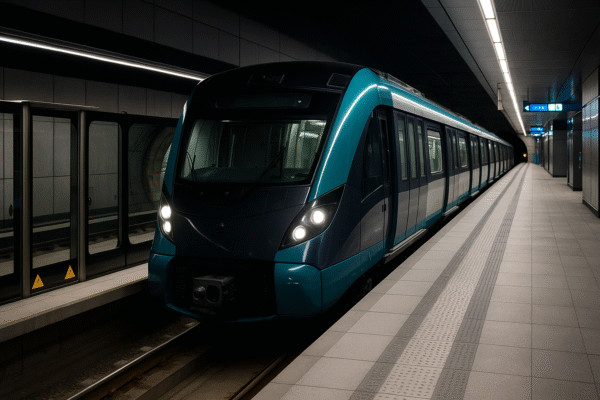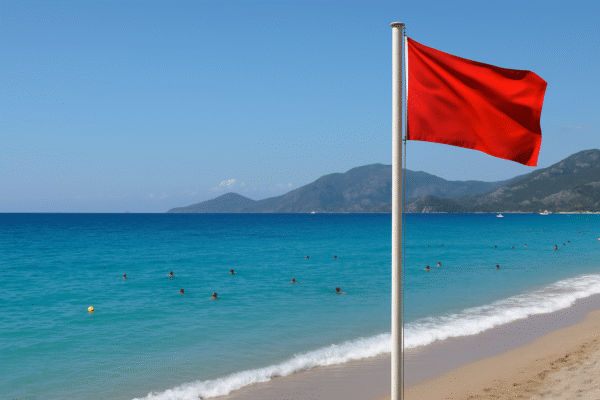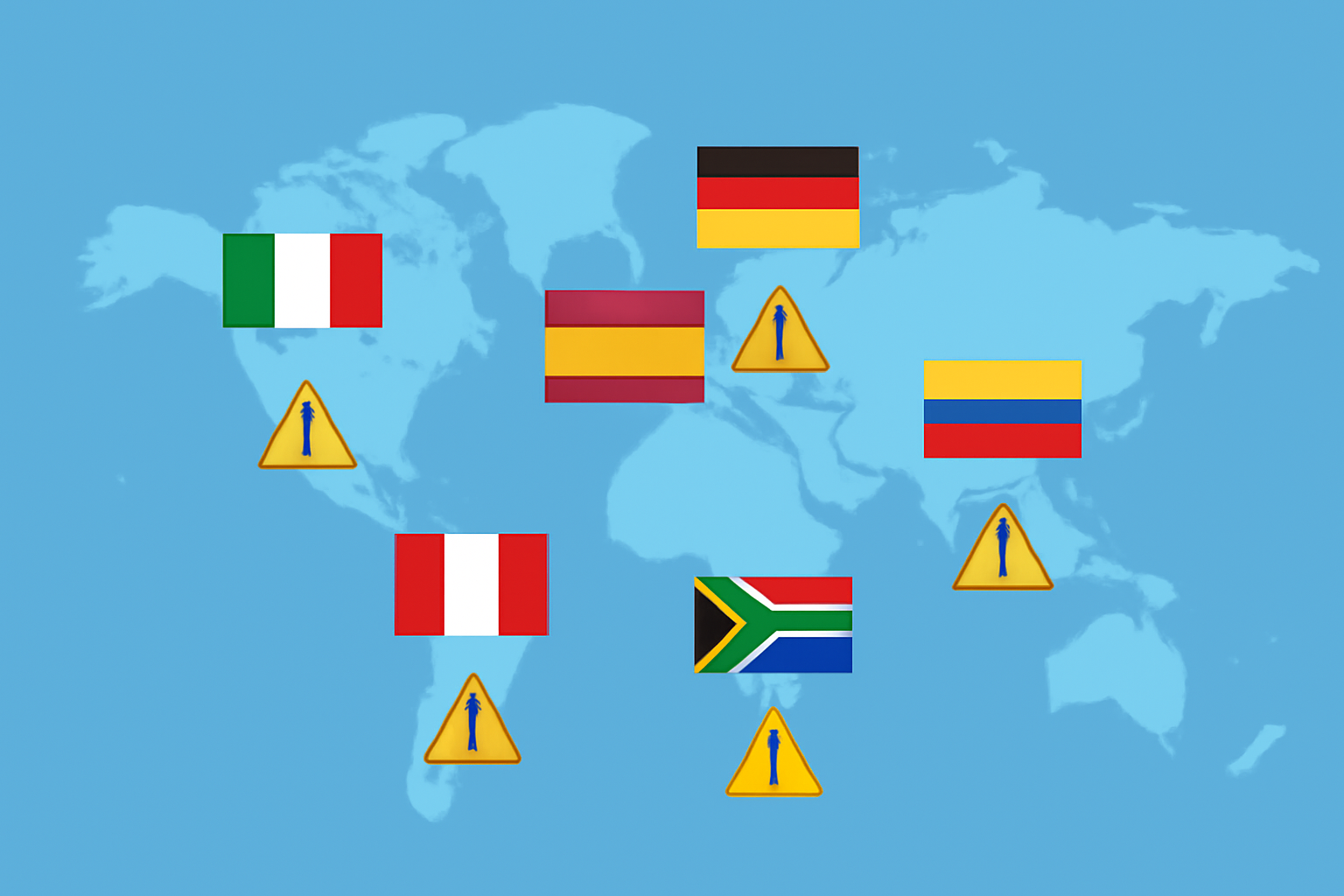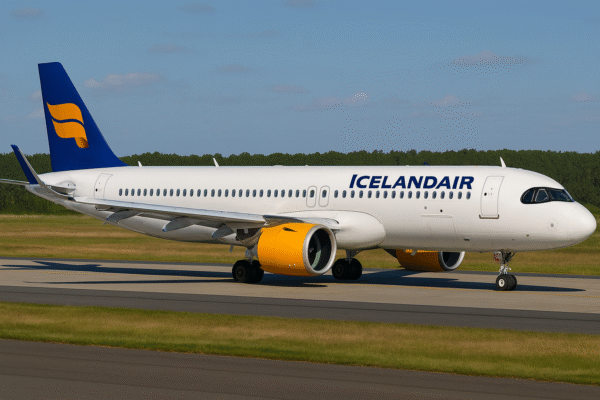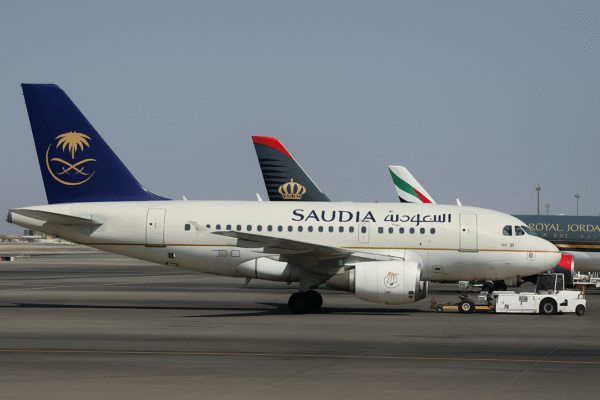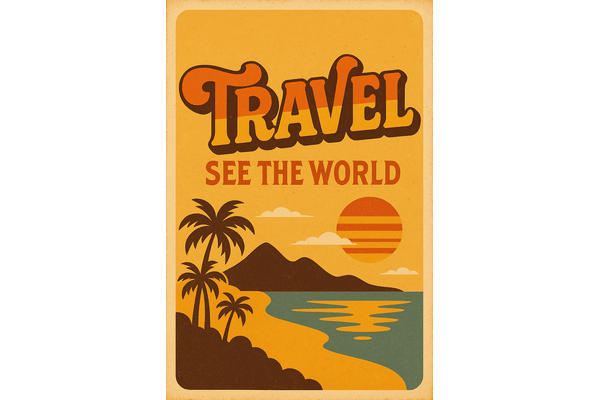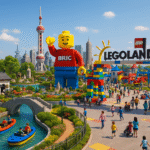In an era when travelers are overwhelmed by digital noise and bland branding, the tourism industry is rediscovering the power of nostalgia. Travel brands around the world are embracing vintage typography—think groovy 1970s bubble fonts, sleek Art Deco curves, and hand-lettered scripts—as a powerful tool to connect with emotionally driven audiences craving authenticity.
What started as an emerging visual trend is now a full-blown design revolution. From boutique hotels and tour operators to airlines and tourism boards, the travel industry is pivoting away from sterile minimalism and leaning into rich, character-filled retro designs that spark memory and emotion. The result? A new marketing era that feels more personal, immersive, and real.
Why Retro Fonts Are Gaining Traction in Travel Marketing
The shift toward retro-inspired design is more than a stylistic whim. It’s a calculated response to changing consumer behavior. In a digital environment saturated with uniform sans-serif fonts and generic visuals, distinctive vintage typography helps travel brands cut through the clutter and resonate with an audience that values storytelling and experience.
“Today’s travelers are looking for more than destinations—they’re searching for meaning, connection, and brands that feel human,” says design strategist Jason Morris of My Profit Engine. “Retro fonts create a visual language that evokes the golden age of travel, giving people a sense of time, place, and emotional warmth.”
And it’s working. Travel marketers report increased social media engagement, better ad click-through rates, and higher brand recall when using nostalgic design elements, particularly vintage typefaces.
3 Retro Typography Styles Dominating the Travel Scene
- 1970s Bubble Letters
These rounded, colorful fonts are popping up across social campaigns and travel posters. Their carefree, adventurous tone perfectly matches vacation vibes, especially for beach destinations, festival promotions, and airline sales targeting Gen Z and millennial travelers. Brands like Jet2 and Contiki have recently used similar fonts in digital and print campaigns to add a sense of playfulness and energy. - Art Deco Elegance
Inspired by the glamour of 1920s and 30s travel, Art Deco typography features bold lines, geometric forms, and opulent undertones. It’s increasingly used by luxury hotels, cruise lines, and bespoke travel operators aiming to attract high-net-worth individuals seeking sophistication. The style fits seamlessly into premium branding, from suite signage to cruise ship dining menus. - Hand-Lettered Script Fonts
For travel experiences rooted in intimacy, craftsmanship, and local charm, handwritten vintage fonts evoke authenticity and a human touch. They’re common across the websites of family-run guesthouses, vineyard tours, and cultural retreats, where connection and storytelling are central to the guest experience.
Social Media Fuels the Retro Typography Boom
Instagram, TikTok, and YouTube are ground zero for the retro design revolution. Travel influencers and content creators are increasingly using bold vintage fonts in Reels, thumbnails, and travel vlogs to create distinct identities and capture audience attention in seconds.
Short-form videos and vertical storytelling demand instant visual impact. Retro fonts deliver, especially in environments where every scroll counts. On TikTok, travel guides using 70s-inspired fonts see higher save and share rates, while YouTube thumbnails featuring vintage typefaces outperform generic visuals in crowded feeds.
Vintage Design Moves Into Physical Travel Spaces
The influence of retro typography extends beyond screens. Physical touchpoints across the travel journey are being updated with nostalgic flair. Boutique hotels are refreshing in-room signage, menus, and welcome kits with hand-crafted script fonts, while airport lounges and check-in kiosks now feature Art Deco motifs and typography as part of rebranding initiatives.
Even travel accessories and retail packaging are getting a vintage makeover. Luggage tags, boarding passes, and even airline amenity kits are using old-school fonts that photograph beautifully and boost brand shareability—especially on Instagram unboxings and travel flat lays.
Balancing Vintage Charm with Modern Needs
While the aesthetic is rooted in the past, the execution is firmly modern. Designers are reworking vintage fonts to meet the performance needs of today’s tourism industry. That includes ensuring mobile responsiveness, optimizing load times, and maintaining accessibility standards across websites and apps.
Tourism brands are also blending retro styles with modern color gradients, layering effects, and animations to create hybrid visuals that feel both nostalgic and fresh. This ensures brand consistency across platforms while maintaining a competitive digital edge.
Emotional Branding: The True Power of Retro Typography
At the heart of the trend is emotional resonance. Travel, by nature, is a deeply emotional purchase—one that hinges on desire, inspiration, and memory. Retro typography taps directly into those emotions by triggering associations with classic postcards, childhood holidays, or golden-age air travel.
“A font isn’t just a font,” says travel branding consultant Maria Leighton. “It’s a visual story. When you use a 70s bubble font or a vintage script, you’re not just promoting a hotel—you’re inviting someone into a feeling, a past, a moment they want to relive or recreate.”
Proven Results Back the Aesthetic Shift
Beyond buzz, there’s solid performance data to justify the retro resurgence. According to marketing analytics firms and internal brand reports, travel companies deploying nostalgic design strategies see:
- Higher engagement rates on social media posts
- Improved email open rates when vintage fonts are used in headers
- Better conversion on landing pages with bold, retro-inspired headlines
- More organic reach due to shares and saves of unique, stylized content
Brands like Virgin Voyages and Ace Hotels have leaned into the aesthetic and seen increased audience engagement and brand loyalty, especially among younger travelers seeking experiences that feel unique and personal.
A Strategic Imperative for the Travel Industry
As the travel sector becomes more competitive, standing out requires more than great photos and deals. It demands a visual language that feels alive. Retro typography answers that call, offering an emotional and aesthetic edge that aligns with evolving traveler values.
Whether you’re promoting a remote eco-resort, designing an airline magazine, or curating a social media campaign, vintage fonts may be the unexpected key to unlocking deeper engagement and building lasting traveler relationships.
In a fast-changing industry, one thing is clear: retro typography isn’t a passing trend. It’s a strategic tool, a branding breakthrough, and a visual passport to more meaningful travel connections.
For more travel news like this, keep reading Global Travel Wire

